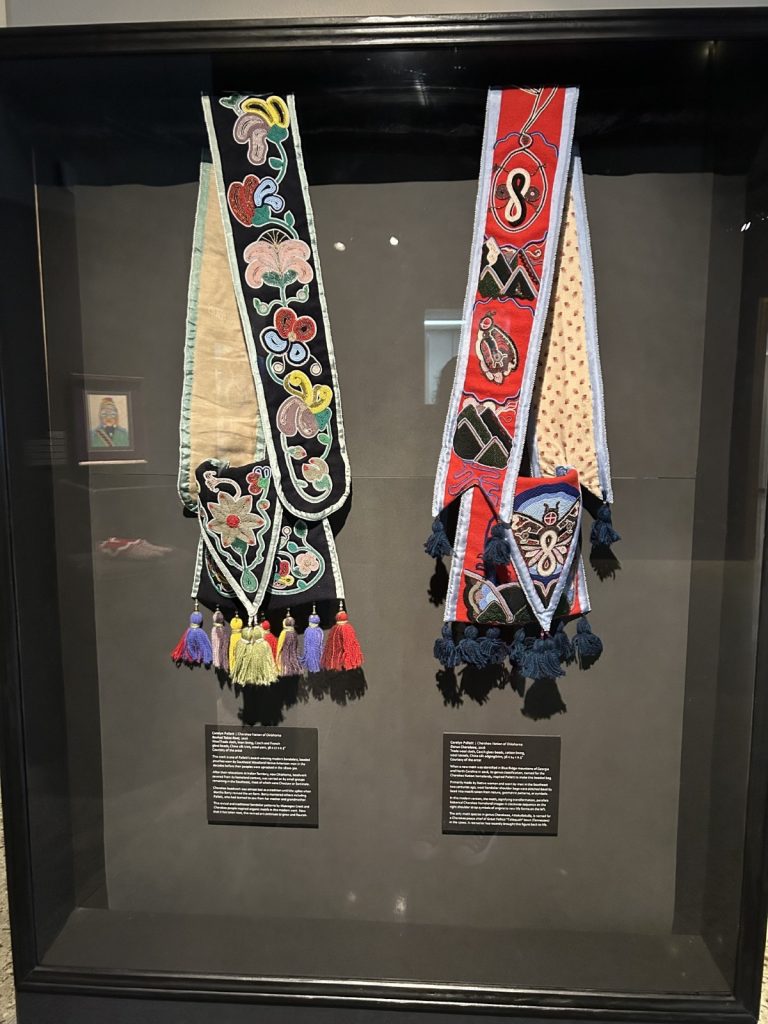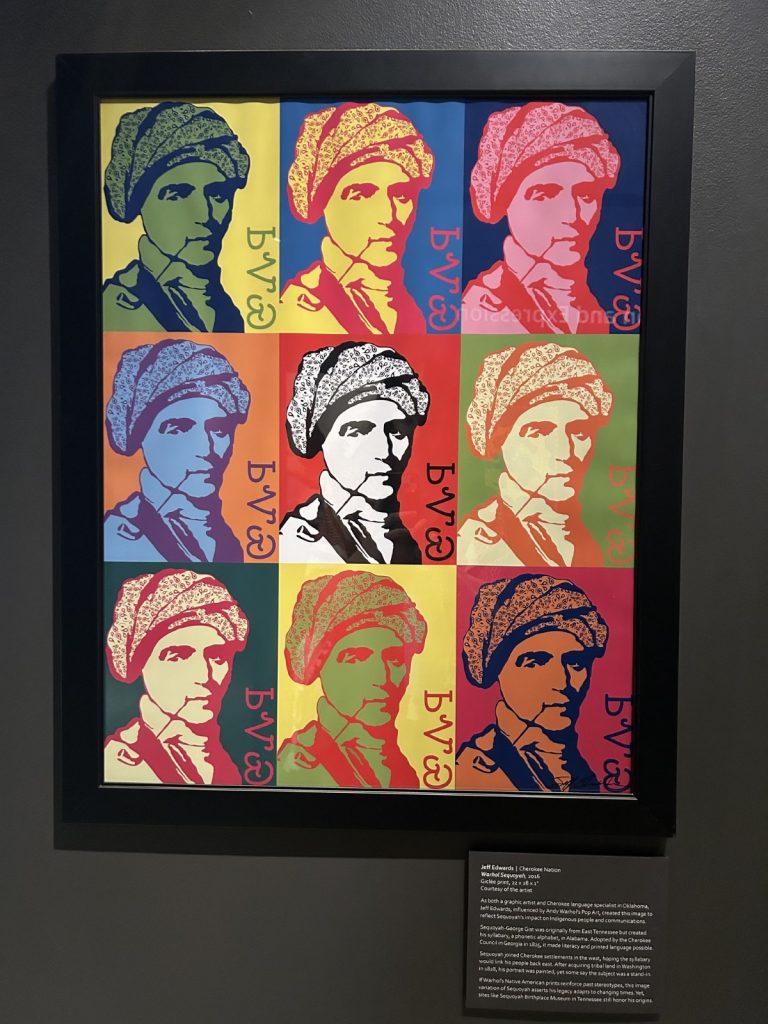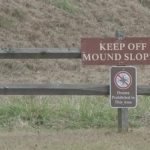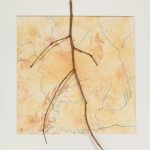Hello everyone, welcome to the new month! This week we focused heavily on Indigenous perspectives, theories, and methods that we can employ when working on this project. A particular topic I really enjoyed this week was storytelling and the importance of oral history. Going into this project we knew we wanted to incorporate native oral history into the site whenever possible, and to know that storytelling can also be used to Indigenize archaeology and further incorporate Indigeneity into anthropology has been great to learn and acquaint myself with during this week.
We visited the Fernbank Museum to see a section of their Georgia History exhibit. A section of the exhibit focused on Indigenous pottery made by the Guale people on St. Catherine’s Island. I found the pottery to be fascinating because of how the material culture of this place showed how the Guale lived on the island and the development of this pottery in Georgia. The exhibit was an example of how to present information in a way that is easy for people to digest, getting to the simplest explanation for topics while still remaining truthful. I think that is a tool for us to learn how to format many webpages so that we are able to engage with people in a way that will not be too overwhelming.

We also visited an art exhibit at Emory University entitled “This Land Calls Us Home: Indigenous Relationships with the Southeastern Homeland.” This is an exhibit with works from 25 contemporary Indigenous artists, filled with a wide variety of works. This exhibit was fascinating to me. I liked how important it was to show contemporary native artists, artists who continue to create and implement their indigeneity in this art. This has inspired us to find new ways of incorporating contemporary aspects into the website we are building to show that Indigenous people are still here and not gone.

I have attached some of my favorite pieces from the exhibit, and I highly encourage everyone to visit the exhibit as well. Revival Takes Root and Genus Cherokee are the two bags depicted in the first photo. For one I think the bags are beautiful, but also a clear depiction of the craftsmanship and survival of beadwork despite displacement. Warhol Sequoyah is a clear reference to Andy Warhol’s work and uses a figure of great significance to the Cherokee. Sequoyah is known for developing the written script for the Cherokee language, and it was at this exhibit that I learned how he developed a syllabary within a decade for the Cherokee language.
Overall, this week was packed with a lot of good information and great trips. I do plan on returning to the Emory exhibit in my own time in the future because I still feel like there is so much for me to learn from the art. This week was a great experience for me, and I am excited to keep learning and understanding everything that is being shared with me.




